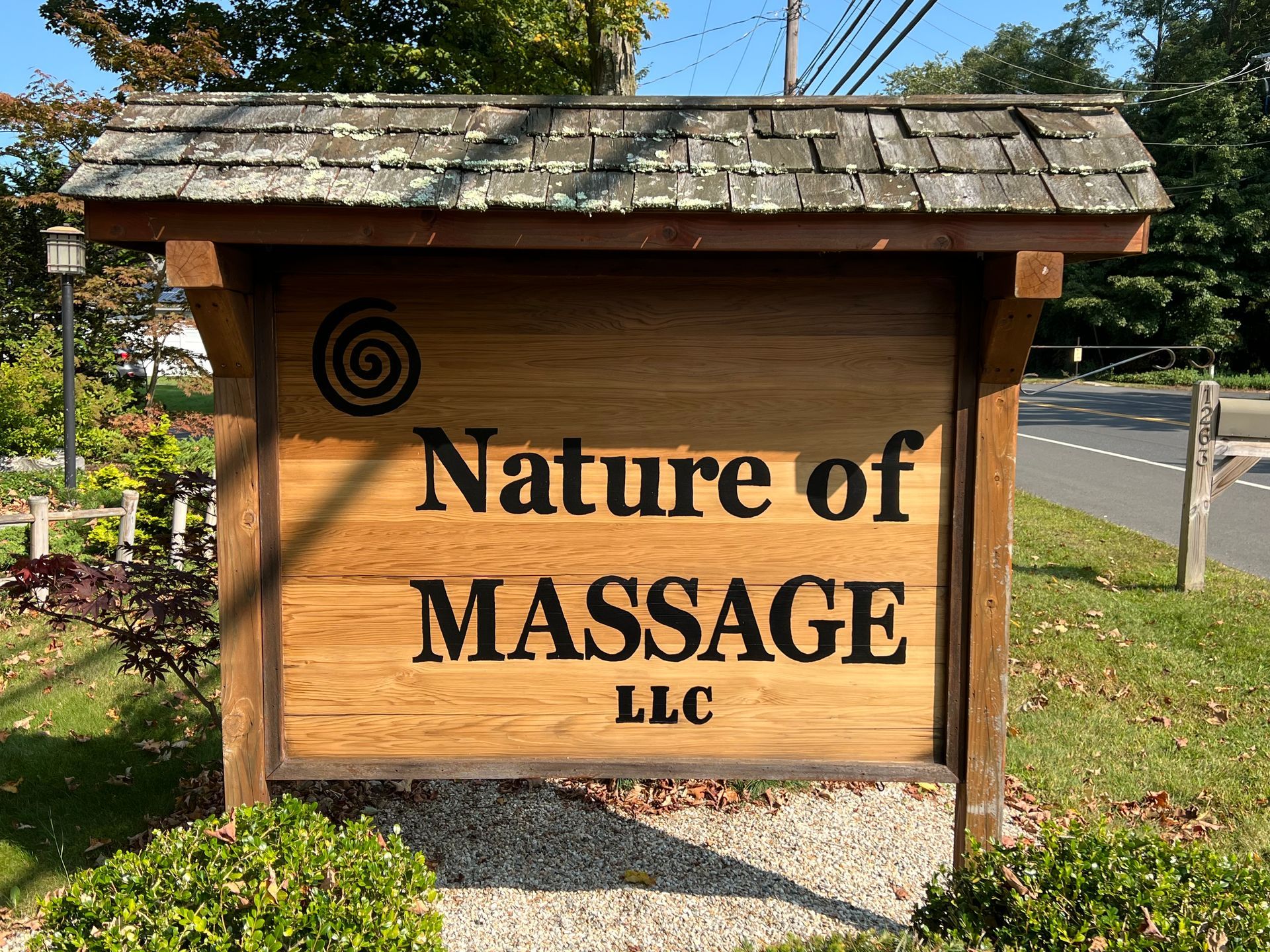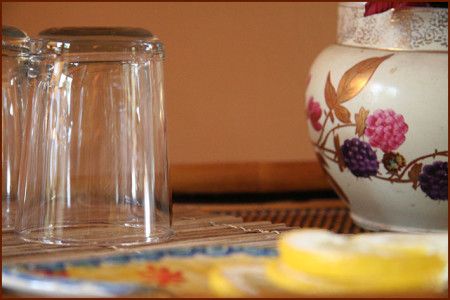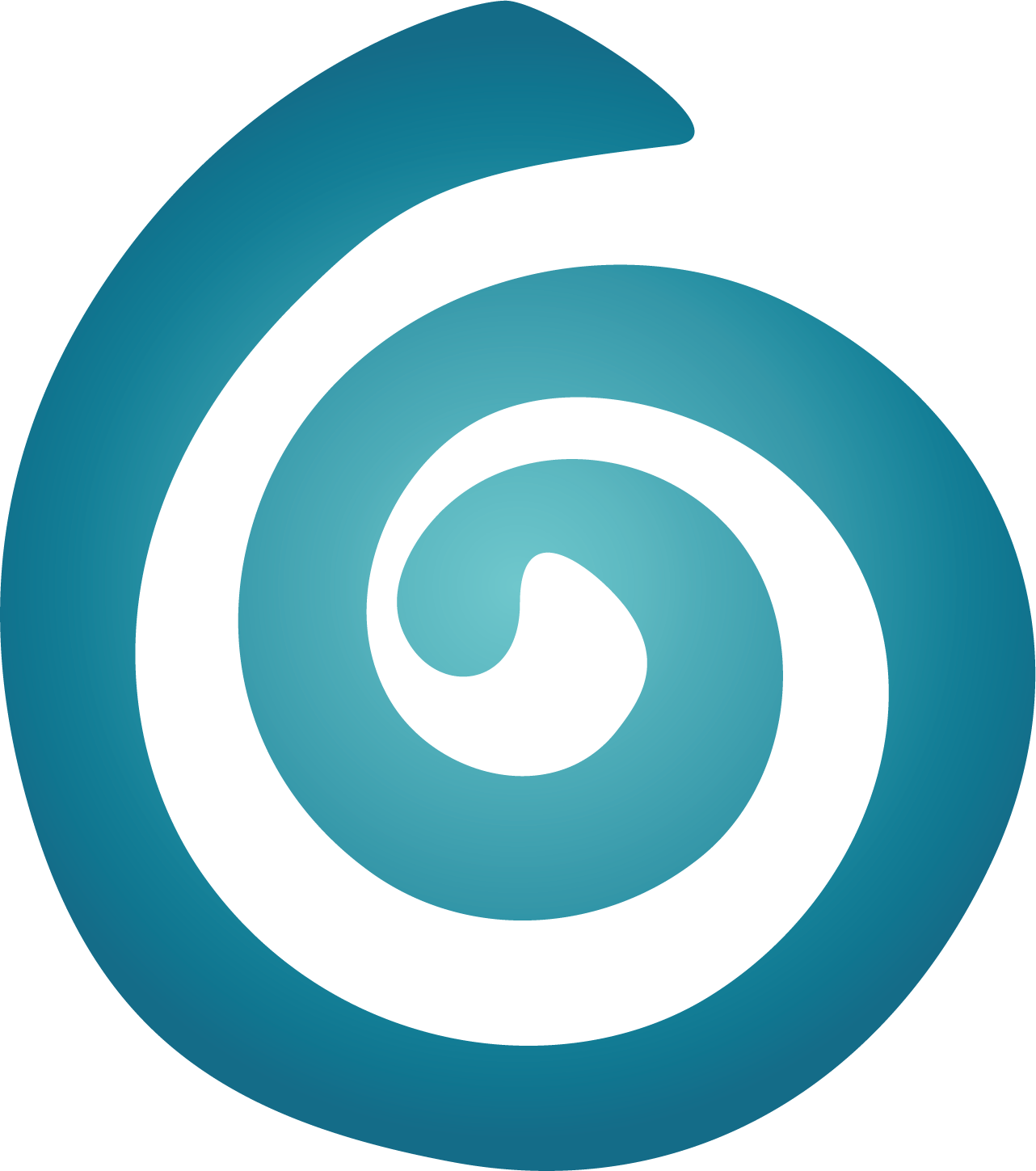Frequently Asked Questions

Do you accept insurance?
Nature of Massage LLC does not participate with health insurance providers. We can, however, provide you with documentation for you to submit your employer and/insurance provider for possible reimbursement. Some employers and health insurance companies might offer reimbursement options for therapeutic massage. Check with your employer and/or health insurance provider to see what your plan offers.
Cost-saving options are available in the form of discount packages, as well as a “New Client”, “We Love Referrals”, and the “Last-Minute Savings (LMS)” program . Nature of Massage LLC also honors a “No Tipping” policy as we are dedicated and focused on fostering holistic well-being rather than providing a luxury service.
We thank you for choosing Nature of Massage!
What are the benefits of massage?
Reap the benefits of massage as it helps all your body’s natural systems function efficiently. Massage is effective in relieving a broad spectrum of symptoms.
People with a wide variety of conditions, ranging from insomnia to tendinitis to asthma to high blood pressure, receive relief from therapeutic massage.
Massage can help us feel less stressed, boost our immune system and increase our mental alertness.
Studies have shown massage to reduce heart rate, lower blood pressure, increase blood circulation and the flow of lymph, relax muscles, improve range of motion and increase the body’s natural painkillers.
The most immediate and most noticeable response to massage is relaxation. Not only does relaxation feel wonderful but it also serves an important physiological purpose: when your body relaxes, the functions that heal and restore your body are allowed to take place.
Your muscle tension releases, blood flow and hemoglobin levels increase, cellular nourishment and detoxification accelerate, lymphatic flow improves. Your stress and anxiety levels decrease, your immune system is stimulated, body awareness improves, mental alertness increases and depression diminishes. A sense of wellbeing emerges.
Massage and energy healing treatments can sometimes stimulate the release of emotional energy that has been held within the body (presenting as, but not limited to tears, laughter, a profound sense of relief), providing an opportunity for emotional healing to take place.
Make Massage a Habit
As with exercise, massage has the greatest benefit when you receive it regularly. The more “practice” you give your body’s systems at functioning in a stress-free and efficient manner, the more “skilled” your body becomes at functioning optimally under challenging circumstances.
Whether weekly, semi-weekly, or monthly, a program of regular massage will help your body maintain its overall health.
What are some interesting facts about massage?
Massage is probably the oldest and simplest form of healthcare.
- It is depicted in Egyptian tomb paintings.
- It is mentioned in ancient Chinese, Japanese, and Indian texts.
- The ancient Greek physician Hippocrates describes the practice of anatripis or “rubbing up.”
Massage is scientifically shown to be effective treatment for the following conditions:
- Cancer-related fatigue
- Chronic low back pain
- Frequent headaches
- Post-operative pain
Therapeutic massage is increasingly being promoted by healthcare providers to their patients
- More than 54 million American adults (17%) report discussing massage therapy with their doctors or health care providers.
- Of those 17% who discussed massage with their doctor or healthcare provider, 71% of their doctors or health care providers strongly recommended or encouraged massage.
- More than half of massage therapists (63%) receive referrals from healthcare professionals.
Massage is beneficial for infants, children, adolescents, adults, and the elderly
- Babies fall asleep faster when massaged than when rocked, and they stay asleep rather than waking the moment Mom tiptoes away.
- When massaged regularly, children suffering from juvenile rheumatoid arthritis, asthma, and autism experienced decreased pain, decreased anxiety, and decreased inattentiveness.
- Massage therapy can help to partially restore mobility to the elderly afflicted with
- Parkinson’s disease and arthritis, and can also reduce levels of anxiety, depression, and the effects of loneliness.
How can massage help me?
Stress
Massage is one of the best known antidotes for stress.Reducing stress gives you more energy, improves your outlook on life, and in the process reduces your likelihood of injury and illness. Massage can also relieve symptoms of conditions that are aggravated by anxiety, such as asthma or insomnia.
Painful or Tight Muscles
Massage can relieve many types of muscle tightness, from a short-term muscle cramp to a habitually clenched jaw or tight shoulders. Some massage techniques release tension directly by stretching, kneading, and compressing your muscles. Others techniques work indirectly by affecting your nervous system to allow your muscles to relax.
Delayed Muscle Soreness
After vigorous exercise, a buildup of waste products in your muscles can leave you feeling tired and sore. Massage increases circulation, which removes waste products and brings in healing nutrients.
Pain or Tingling in Arms or Legs
Muscles can become so contracted that they press on nerves to the arms, hands and legs, causing pain or tingling. If this happens, a massage to release the contracted muscles can bring relief.
Injuries
Massage can help heal injuries that develop over time, such as tendonitis, as well as ligament sprains or muscle strains caused by an accident. Massage reduces inflammation by increasing circulation to the affected area, which removes waste products and brings nutrients to injured cells. Certain massage techniques can limit scar formation in new injuries and can reduce or make more pliable the scar tissue remaining around old injuries.
Prevention of New Injuries
By relieving chronic tension, massage can help prevent injuries that might result from putting stress on unbalanced muscle groups or from favoring or forcing a painful, restricted area.
Joint Pain or Restriction
Besides releasing tight muscles that can restrict joint movement, massage works directly on your joints by improving circulation around them and stimulating the production of natural lubrication within them, relieving pain from conditions such as osteoarthritis.
Posture
As massage releases restrictions in muscles, joints, and surrounding fascia, your body is freed to return to a more natural and healthy posture. Massage can also relieve the contracted muscles and pain caused by abnormal spinal curvatures such as scoliosis.
How should I prepare for my massage & what can I expect?
Before the Massage
Eating: You’ll be more comfortable if you eat lightly or postpone eating until after your massage session.
Arrival Time: Arriving a few minutes early will help you begin to relax sooner and ensure that your massage can begin on time.
Eyeglasses, jewelry, watches, chewing gum: These items should be removed before the massage begins.
Cell Phones: Please be sure your cell phone is turned off.
Contact lenses, hearing aids, bridgework: For your safety, advise your therapist if you are wearing any removable devices that might be disturbed during the massage.
Makeup and Hair: Massage of the face, scalp or neck may disturb your makeup or hair style. Let your therapist know if this is a concern and your wishes will be accommodated.
During the Massage
Receiving a massage isn’t passive at all.
The mind-body is receiving sensations constantly, and processing all sorts of information. The more massages one has received the more sensitive one is to nuance, the more adept the mind-body is at relaxing. Each massage received is a learning experience for the mind-body. The nervous system of a person who has never received massage won’t have developed the sensitivity to the nuances of touch that someone who has received massage for years (like wine tasting, or listing to music, understanding a foreign language . . . ) would have
Quiet your mind.
Once the massage begins, let your mind focus on your therapist’s hands and your body’s sensations. This focus permits a deep, rejuvenating mind-body relaxation that is not possible when your mind is mentally and emotionally engaged in talking, listening, and thinking. It is at this deep level of relaxation that your body’s self-healing processes operate naturally and spontaneously.
Be like a rag doll.
Let your body be heavy and sink deeply into the table’s cushioning. Be limp and don’t “help” your therapist when she moves you, such as lifting your arm or turning your head to one side.
Notice your breath.
People often stop or limit their breathing when they feel anxious or when a sensitive area is being massaged. Let your inhalations and exhalations be slow and deep to minimize any discomfort and maximize the effects of the massage.
Breathe through your mouth if your nose gets stuffy.
For many people, lying face down on the table causes temporary congestion in their nose and/or sinus cavities. This stuffiness will clear up as soon as you turn over or get up. In the meantime, breathe through your mouth.
Speak up if you’re uncomfortable.
Is the music too loud? Is the fan giving you a chill? Would you like the therapist to use more or less pressure? Always speak up if you feel uncomfortable so your therapist can make the necessary adjustments.

After the Massage
Drink lots of water.
Massage causes toxins and metabolic debris to be released from the body’s soft tissues. Drinking plenty of water for several hours following your massage will help flush these wastes out of your body, which in turn will maximize the loosening up of muscles and joints and minimize any day-after soreness.
Book Your Appointment Today
Choose a time that works for you and enjoy a personalized experience. Booking is quick, easy, and just a click away.

